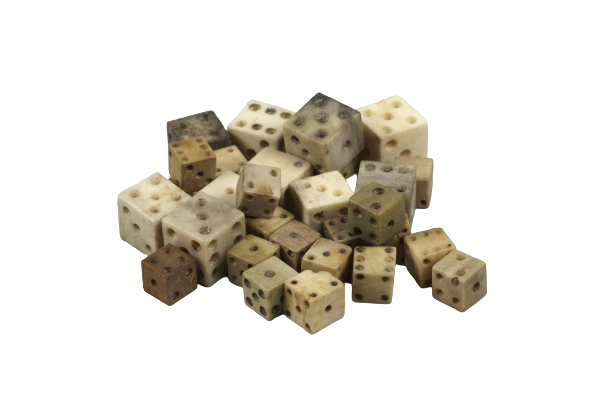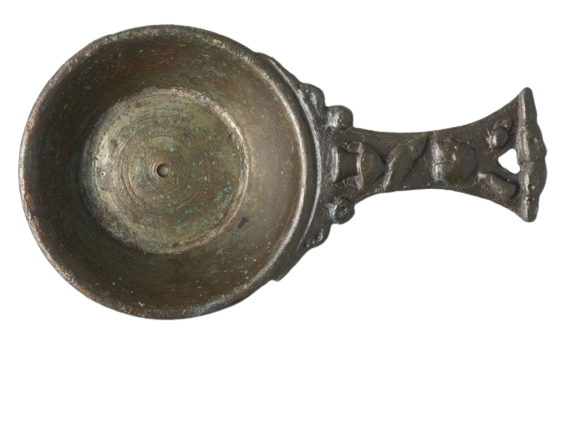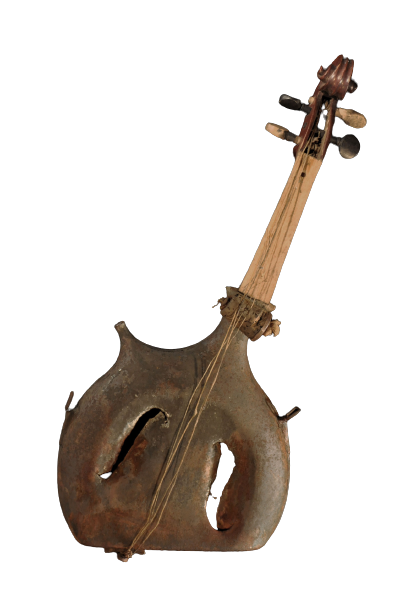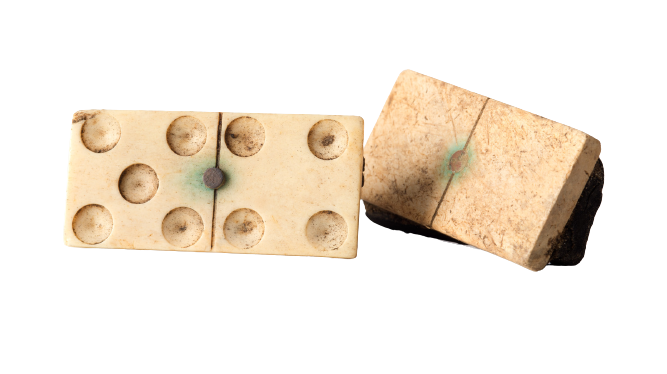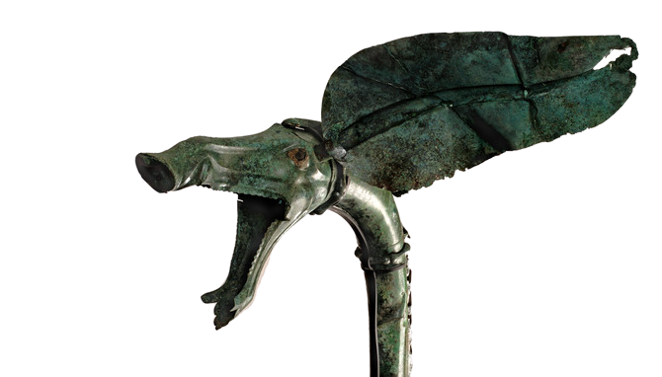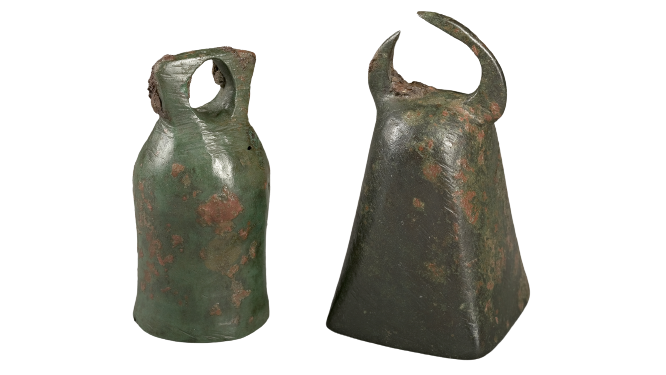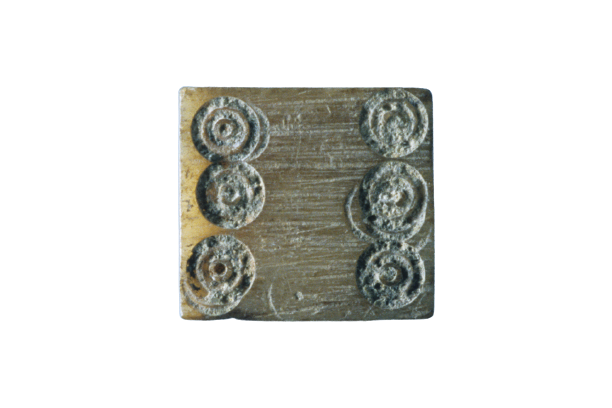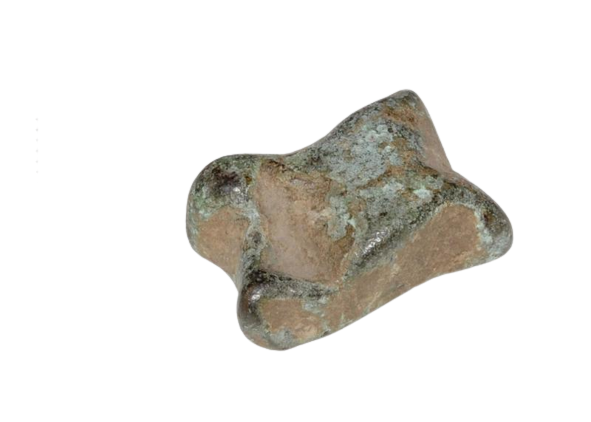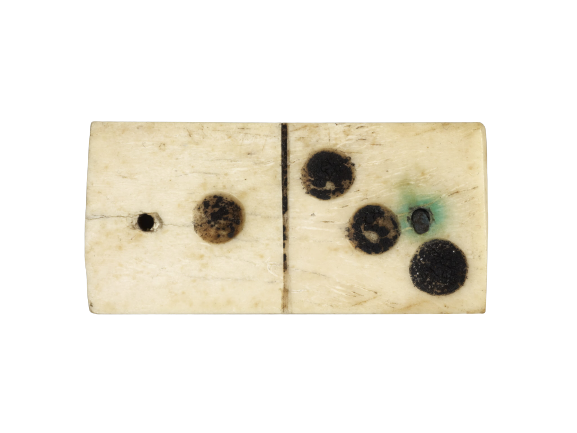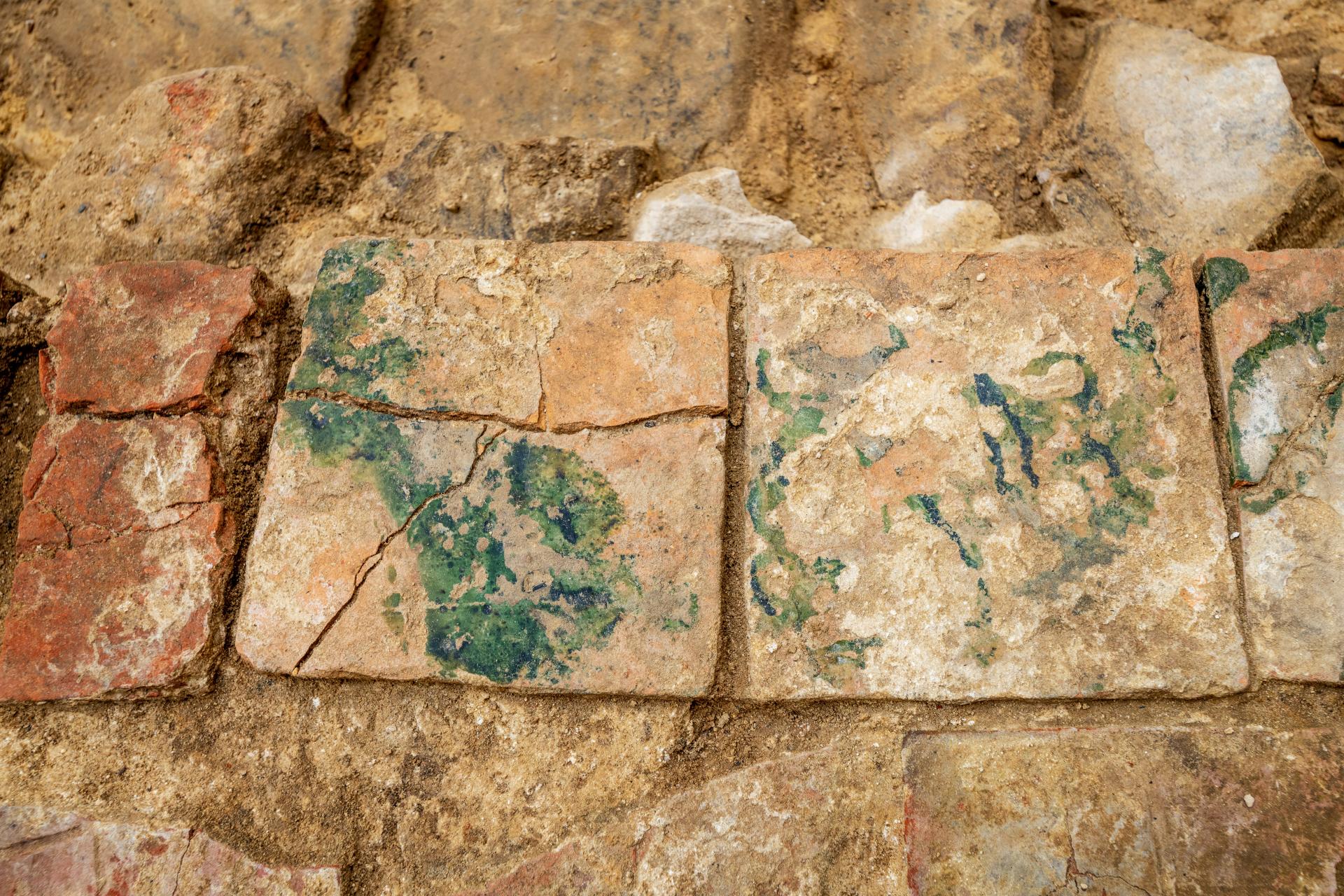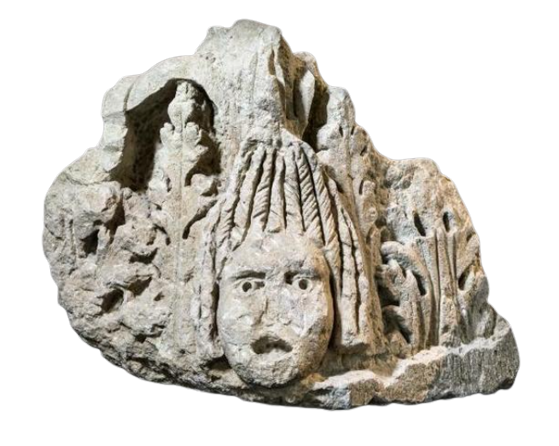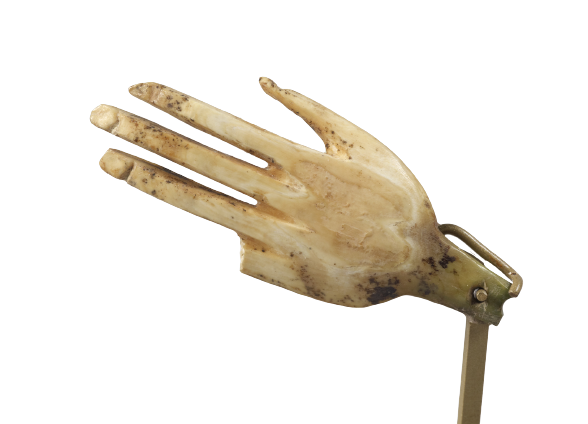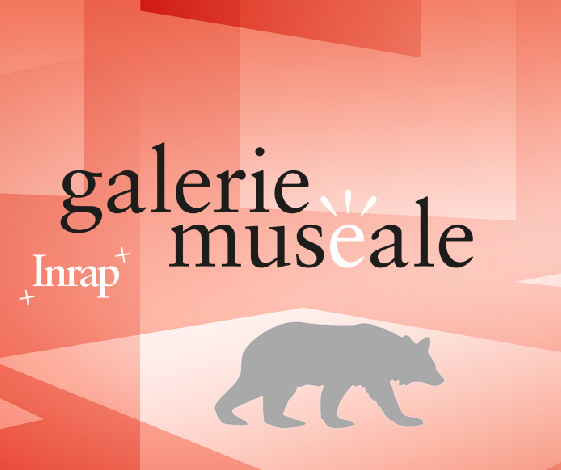Bibliography and resources
Website:
European research project ERC Locus Ludi: https://locusludi.ch/
Exhibitions and their catalogs:
- Jeux de princes, jeux de vilains, exhibition catalog, Bibliothèque Nationale de France, 2009.
- Échecs et trictrac. Fabrication et usages des jeux de table au Moyen Âge, exhibition catalog, Musée du Château de Mayenne, 2012.
- Art du jeu, jeu dans l'art, exhibition catalog, Musée Nationale du Moyen Âge - Cluny, 2013.
- Ludique, jouer dans l'antiquité, exhibition catalog, Musée Lugdunum, 2019.
- Dans la peau d'un soldat (1883-1938). Archéologie du quotidien de la caserne Chanzy, exhibition catalog, Musée de la Bière de Stenay, 2023.
Articles and books:
BLANC-BIJON Véronique, "L'emblema d'Apollon et de Marsyas (Cap d'Agde) : étude iconographique et technique - analyses des matériaux", in Bronzes grecs et romains, recherches récentes. Hommage à Claude Rolley, Paris, Publications de l'Institut national d'histoire de l'art, 2012.
V. Dasen and U. Schädler, "Jeu et divination. Un nouveau témoignage de l'époque romaine", Archeologia, 553, 2017, p. 60-65.
DASEN Véronique, "Le rochet d'Archytas : un jouet pour grandir", Annales de Bretagne et des Pays de l'Ouest. Anjou. Maine. Poitou-Charente. Touraine, no. 124, November 16, 2017, p. 89-107.
DE PERETTI Ophélie "Le mithréum de Mariana", in BARTHET L., BEKAS M., CAPUS P. et al. (dir.), Le mystère Mithra. Plongée au cœur d'un culte romain, cat. expo, musée Saint-Raymond, Toulouse, 2022, p. 461-465.
FONTAINE Dominique, Françoise LABAUNE-JEAN and Gaétan Le CLOIREC, "Renaissance musicale", Archéologie médiévale, no. 49, December 20, 2019, p. 171-176.
MANIQUET Christophe, "Les carnyx d'un dépôt cultuel du sanctuaire gaulois de Tintignac à Naves (Corrèze)", in Proceedings of the 6th Symposium of the International Study Group on Music Archaeology (ISGMA), 2006, Berlin, p. 57-76.
E. Nikulina, U. Schmölcke, "Les osselets, ancêtres du jeu de dé", Pour la science, n°365, March 2008.
[enligne]https://www.researchgate.net/profile/Elena-Nikulina-3/publication/281147735_Les_Osselets_ancetres_du_jeu_de_des/links/55ed451008ae65b6389f45ea/Les-Osselets-ancetres-du-jeu-de-des.pdf ]
PRODÉO Frédéric, Fabrice MAREMBERT and Patrick MASSAN, "Pineuilh, La Mothe (Gironde) : une résidence aristocratique à la charnière de l'An Mill", Archéologie du Midi Médiéval, vol. 4, no 1, 2006, p. 419-424.
